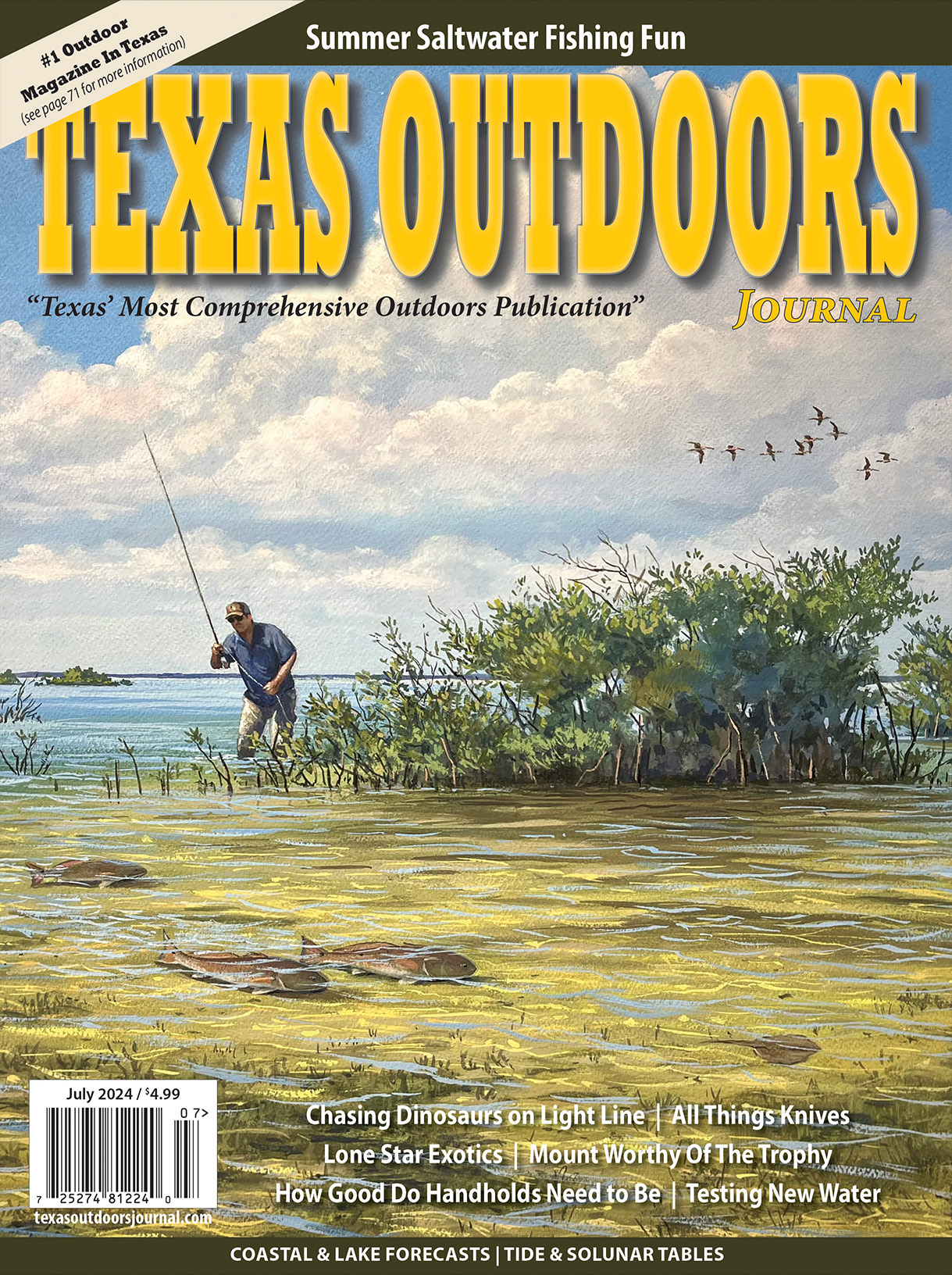NOAA Announces the Extension of the Gulf of Mexico Red Snapper Recreational Sector Separation Provisions
Small Entity Compliance Guide
NOAA Fisheries approved Amendment 45 to the Fishery Management Plan for the Reef Fish Resources of the Gulf of Mexico (Amendment 45) submitted by the Gulf of Mexico Fishery Management Council (Council). A final rule implementing these measures will publish in the
Federal Register on December 2, 2016, with an effective date of January 3, 2017[1]. The Council approved Amendment 45 to extend the 2017 sunset provision by five years for the recreational red snapper sector separation regulations.
History of the sector separation provisions
The sector separation provisions were implemented in May 2015 through the final rule for Amendment 40 to the Fishery Management Plan for the Reef Fish Resources of the Gulf of Mexico (Amendment 40). Amendment 40 specified sub-quotas, annual catch targets, and accountability measures for the federal for-hire and private angling components of the recreational sector. The purpose of this amendment was to increase flexibility in future management of the recreational sector fishing for red snapper and reduce the chance for recreational quota overruns. For more information on Amendment 40, see
http://sero.nmfs.noaa.gov/sustainable_fisheries/gulf_fisheries/reef_fish/2013/am40/index.html.
The final rule for Amendment 40 also put in place a three-year sunset provision for sector separation. Unless modified, the sector separation measures expire after December 31, 2017, which means the recreational sector would again be managed as a single entity.
The Council is currently working to develop and approve actions to address the management of charter vessel and headboat fishing within the federal for-hire component. If approved by NOAA Fisheries, these actions likely would not be effective until after the sector separation provisions expire at the end of 2017. Therefore, the Council determined there was a need to extend the sunset provision for an additional five years past the original sunset date.
Management Measure
The rule extends the sunset provision from the end of the 2017 fishing year (December 31, 2017) to the end of the 2022 fishing year (December 31, 2022).
This bulletin serves as a Small Entity Compliance Guide, complying with section 212 of the Small Business Regulatory Enforcement Fairness Act of 1996.
Electronic copies of the amendment, final rule, and season notification may be obtained from the NOAA Fisheries Web site: http://sero.nmfs.noaa.gov/. For more information on Amendment 45, visit
http://sero.nmfs.noaa.gov/sustainable_fisheries/gulf_fisheries/reef_fish/2016/am45/index.html.
This bulletin provides only a summary of the information regarding the existing regulations. Any discrepancies between this bulletin and the regulations as published in the Federal Register will be resolved in favor of the Federal Register.
[1] Note the effective date was erroneously set by Office of the Federal Register (OFR) in the final rule as January 3, 2016. This date is being corrected by the OFR to January 3, 2017.
NOAA Fisheries Southeast is pleased to announce the introduction of our Text Message Alert Program. The program will allow you to sign up to receive important fishery related alerts via text message. Text alerts you may receive include immediate fishery openings and closures, and any significant changes to fishing regulations that happen quickly.
How to opt-in
Sign up for related alerts for one or more of the following groups. Standard message & data rates may apply. You may opt-out at any time.
Gulf of Mexico Recreational Fisheries: Text GULFrecFISH to 888777
Gulf of Mexico Commercial Fisheries: Text GULFcommFISH to 888777
South Atlantic Recreational Fisheries: Text SATLrecFISH to 888777
South Atlantic Commercial Fisheries: Text SATLcommFISH to 888777
Caribbean Fisheries: Text CARIBFISH to 888777
About Gulf of Mexico Fishery Management Council
The Gulf of Mexico Fishery Management Council is one of eight regional Fishery Management Councils established by the Fishery Conservation and Management Act of 1976. The Council prepares fishery management plans, which are designed to manage fishery resources within the 200-mile limit of the Gulf of Mexico.








